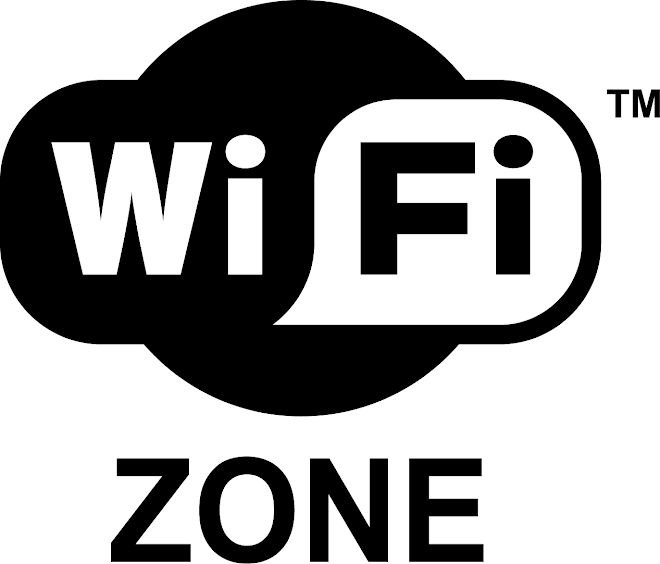Access point antennas vary from manufacturer to manufacturer. Many APs
have a single external antenna about five inches in length. This type of
antenna is a dipole antenna. Some APs have two external dipole antennas.
Dual external antenna models should provide better signal coverage throughout
the house. APs with dual antennas might transmit from only one of the
antennas but receive through both antennas by sampling the signal and using
whichever antenna is getting the strongest signal — a diversity antenna
system.
Typical omnidirectional dipole antennas attach to the AP with a connector
that enables you to position the antenna at many different angles; however,
omnidirectional dipole radio antennas send and receive best in the vertical
position.
The range and coverage of a Wi-Fi wireless AP used indoors is determined by
the following factors:
AP transmission output power: This is the power output of the AP’s
radio, usually referred to as transmission power or TX power. Higher
power output produces a longer range. Wi-Fi APs transmit at a power
output of less than 30 dBm (one watt). Government agencies around the
world regulate the maximum power output allowed. APs for home use
generally have power outputs in the range 13 dBm (20 mW) to 15 dBm
(31.6 mW). The higher the power rating, the stronger the signal and the
better range your wireless network will have. Some wireless networking
equipment manufacturers offer add-on amplifiers that boost the standard
signal of the AP to achieve a longer range. We talk about boosters
in Chapter 18. (For more on TX power, see the sidebar, “TX power
output and antenna gain.”)
Antenna gain: The AP’s antenna and the antenna(s) on the other
device(s) on the network improve the capability of the devices to send
and receive radio signals. This type of signal improvement is gain.
Antenna specifications vary depending on vendor, type, and materials.
Adding a higher gain antenna at either end of the connection can
increase the effective range.
Antenna type: Radio antennas both send and receive signals. Different
types of antennas transmit signals in different patterns or shapes. The
most common type of antenna used in wireless home networks, the
dipole antenna, is described as omnidirectional because it transmits its
signal in all directions equally. In fact, the signal from a dipole antenna
radiates 360° in the horizontal plane and 75° in the vertical plane, creating
a doughnut-shaped pattern. Consequently, the area directly above or
below the antenna gets a very weak signal.
Some types of antenna focus the signal in a particular direction and are
referred to as directional antennas. In special applications where you
want an AP to send its signal only in a specific direction, you could
replace the omnidirectional antenna with a directional antenna. In a
home, omnidirectional is usually the best choice, but that also depends
on the shape of the home; some antennas are better for brownstones
and multifloor buildings because they have a more spherical signal footprint
rather than the standard flat-ish one.
Receive sensitivity: The receive sensitivity of an AP or other wireless
networking device is a measurement of how strong a signal is required
from another radio before the device can make a reliable connection and
receive data.
Signal attenuation: A radio signal can get weaker as a result of interference
caused by other radio signals because of objects that lie in the
radio wave path between radios and because of the distance between
the radios. The reduction in signal is attenuation. Read through Chapter
6 for a discussion of how to plan the installation of your wireless network
to deal with signal attenuation.
In order to replace or add an antenna to an AP or other wireless device, you
need to have a place to plug it in — as obvious a statement as that is, many
antennas are not detachable, and you can’t add another antenna. Some
access points use reverse TNC connectors that let optional antennas be used
in 802.11b/g products, but there’s a minor trend away from using detachable
antennas in 802.11a products because of potential conflict in the frequency
channels allocated to 802.11a. This potentially thwarts misuse, but also robs
those deploying access points of their ability to choose optimal antennas.
Sunday, March 14, 2010
Subscribe to:
Post Comments (Atom)


No comments:
Post a Comment